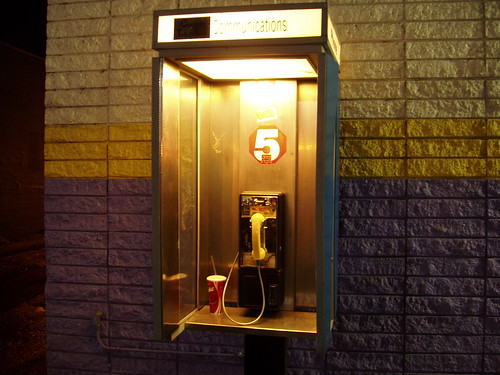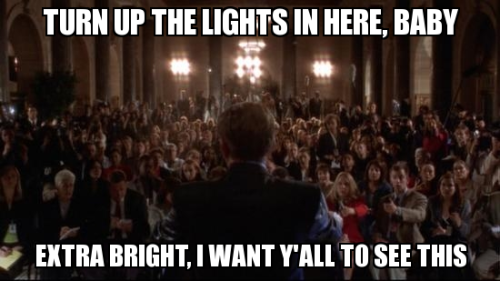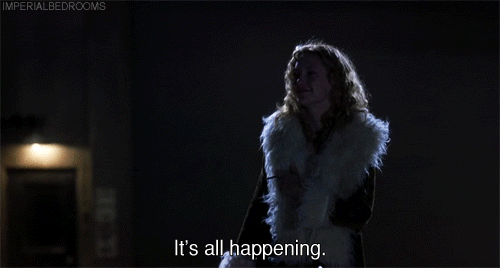When do you know that it’s time? The second in a month of posts about how I learned to stop worrying, buck up and do the work.
Long before I ever started Stry.us, I had this dream for a journey across America. A friend called it my De Tocqueville trip, and that was pretty accurate. It was 2007, and everyone was talking about Barack Obama. I’d watched him go from anonymous politician to Presidential candidate.
I wondered: Who else is out there? What local politicians and leaders are out across our nation, ready to take the next step and lead our country? I wanted to go out and interview them.
But I never left on that journey. It was too big. Too scary.
Too much.
I had a lot of ideas like this. My dad would bring them up sometimes. Such good ideas, he’d say. But you’ve got to see one of them through.
And I knew it, too. But I didn’t understand how to make the follow through happen. I wasn’t sure I could learn.
I was going to be a reporter and a writer. I could tell stories. I could interview people. I could take photos.
What else could I do?
What else should I do?
I started to divide the world into categories. There were people who made stuff. And there were people who didn’t.
I wanted to make stuff. But I wasn’t ready to take on projects that failed. I had a shitty attitude. If something didn’t go my way, I got bitchy.
I talked a big game, but I wasn’t willing to do the work to back it up. I was afraid, and I didn’t know how to get unafraid.
It took a dream — a really big dream — to help me find the courage to stand up to the fear.
Photo at top via Nicholas Vigier.








